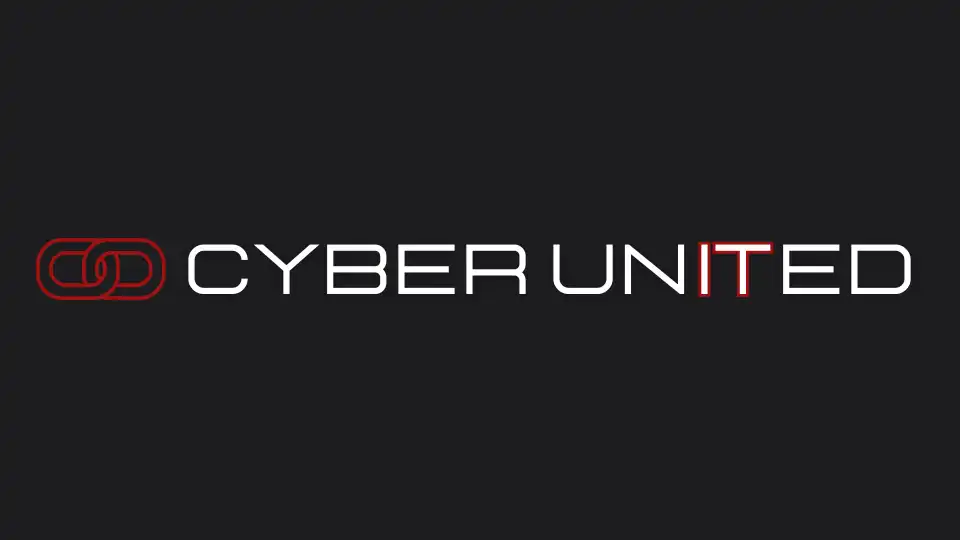How to Secure Microsoft 365 for Your Business
Microsoft 365 is a powerful cloud platform used by millions of businesses across the UK, but without the right security measures in place, your data, emails, and users could be vulnerable to cyber threats. Whether you’re a small business in Sussex or a growing team working remotely, securing Microsoft 365 is essential to protecting your sensitive information.
This guide outlines the key steps you should take to properly secure your Microsoft 365 environment.
1. Enable Multi-Factor Authentication (MFA)
Multi-Factor Authentication (MFA) is the single most effective step you can take to protect user accounts. It adds an extra layer of security by requiring a second form of verification such as a mobile app or text message code.
How to do it:
- Go to the Microsoft 365 admin centre
- Navigate to Users > Active Users
- Select “Multi-factor authentication”
- Enforce MFA for all users, especially admins
Why it matters: Most account breaches happen due to stolen passwords. MFA stops attackers even if they have the password.
2. Use Role-Based Access Control (RBAC)
Not everyone needs access to everything. Limit user permissions based on their role.
How to do it:
- Review user roles in the admin portal
- Assign only the permissions necessary for each job
- Avoid giving users global admin access unless absolutely necessary
Tip: Set up dedicated accounts for administrative tasks and keep day-to-day accounts with limited rights.
3. Protect Against Phishing with Microsoft Defender
Phishing is one of the most common threats to Microsoft 365 users. Microsoft Defender for Office 365 provides anti-phishing, anti-spam, and anti-malware protection.
Enable these features:
- Safe Links and Safe Attachments
- Anti-phishing policies
- Spoof intelligence
Bonus: Pair this with user training to help staff identify suspicious emails.
4. Secure Your Email with SPF, DKIM, and DMARC
Properly configured DNS records can stop attackers from spoofing your domain and sending fake emails that appear to come from your business.
Set up:
- SPF: Verifies that emails are sent from approved mail servers
- DKIM: Adds a digital signature to your emails
- DMARC: Tells receiving servers how to handle unauthorised emails
Ask your IT provider or DNS host for help implementing these if unsure.
5. Enable Audit Logging and Alerts
Microsoft 365’s built-in logging tools let you track activity across your organisation.
Why it helps:
- Detect suspicious login attempts
- Monitor changes to settings or user permissions
- Provide evidence in case of a breach
How to do it:
- Enable audit logging in Microsoft Purview (formerly Security & Compliance Centre)
- Set up alert policies for unusual activity
6. Backup Your Microsoft 365 Data
Microsoft 365 is highly reliable, but it doesn’t provide full backups of your emails, OneDrive, SharePoint, or Teams. Accidental deletion, ransomware, or malicious insiders could still result in data loss.
Recommended action:
- Use a third-party Microsoft 365 backup solution
- Schedule automatic backups and test recovery procedures regularly
Fact: Microsoft follows a shared responsibility model – you are responsible for your data.
7. Monitor Secure Score and Follow Recommendations
Microsoft 365 includes a built-in tool called Secure Score that shows how secure your environment is and recommends improvements.
Check it regularly:
- Go to Microsoft 365 Security Centre > Secure Score
- Follow the priority actions to strengthen your setup
Tip: Even small improvements can significantly reduce risk.
8. Train Your Users on Security Best Practices
Even the best security setup can be undermined by human error. Educating your staff is critical.
Include training on:
- Recognising phishing emails
- Using secure passwords and MFA
- Reporting suspicious activity
Use built-in Microsoft training tools or third-party platforms like KnowBe4.
9. Review Admin Access and Privileged Accounts
Hackers often target admin accounts. Make sure these are secured and regularly reviewed.
Best practices:
- Limit the number of global admins
- Use MFA on all admin accounts
- Monitor logins and set up alerts for suspicious admin activity
10. Work with a Trusted IT Provider
Securing Microsoft 365 properly can be complex. Working with an experienced IT support provider ensures your environment is set up and maintained to industry best practices.
At Cyber United, we help businesses across Sussex get the most out of Microsoft 365 while staying safe and compliant.
Final Thoughts
Microsoft 365 is a fantastic platform, but it needs to be secured properly to protect your business. From MFA and backups to training and monitoring, taking these steps now can save you time, money, and stress later on.
Need Help Securing Microsoft 365?
Cyber United offers expert support for Microsoft 365 security, backups, and setup. We work with businesses across East and West Sussex to keep their systems safe, secure, and running smoothly.
